Nokia XR20


A successful go at making 5G rugged phones more accessible, although you do have to put up with some predictable compromises in camera and CPU performance.
Pros
- Wide operating temperature
- Good IP68 water resistance
- Gorilla Glass Victus screen
- Has 5G
Cons
- Weak processor for the money
- Only passable camera quality
- Large and heavy
- Annoying Google Assistant button
Availability
- UKRRP: £399.99
- USARRP: $549
- Europeunavailable
- Canadaunavailable
- AustraliaRRP: AU$879
Key Features
- Very ruggedHas both MIL-STD 810H standard and an IP68 rating, along with a tough casing
- 5GEven though it’s a rugged device it still has 5G support
Introduction
The Nokia XR20 is a rugged phone that sells at a mid-range price, and there are no extremely jarring compromises made to accommodate the rugged design.
You get an unusually strong Gorilla Glass Victus screen and a military-spec tested casing, but the Nokia XR20 also has 5G and can play demanding games moderately well. Battery life is good too, although claims of two day use may be a stretch for most scenarios.
It is significantly more expensive, and larger, than the Motorola Defy. I enjoyed using the Moto phone marginally better, but only because its smaller stature is a little easier to handle.
I wouldn’t recommend a phone like this to someone who doesn’t actually need rugged toughness as most of the best Android phones are far superior in many areas.
But just like Motorola, Nokia has managed to make a phone with a more accessible price and design than you’d usually see from specialist manufacturers.
Design and Screen
- Durable look and feel
- Big and heavy
- 6.67-inch display is a good size
The Nokia XR20 is this company’s “most durable” phone to date, but I think it suits the Nokia brand well. If you have 20 year-old memories of classic Nokia phones from the pre-smartphone era, you may remember them as virtually indestructible bricks that could be, and sometimes were, thrown against a wall.
This is not a feature phone, though, and making a smartphone rugged comes with a new set of challenges. It still has a large glass screen layer, one at risk of shattering. Nokia uses Corning’s strongest Gorilla Glass to avoid this. It’s Victus-series glass, as used in Samsung’s top-end Galaxy S21 phones.
The Nokia XR20’s sides also act as shock absorbers. Press at the corners and you’ll feel the slight “give” of rubbery plastic, likely similar to the materials used in some ultra-tough cases.
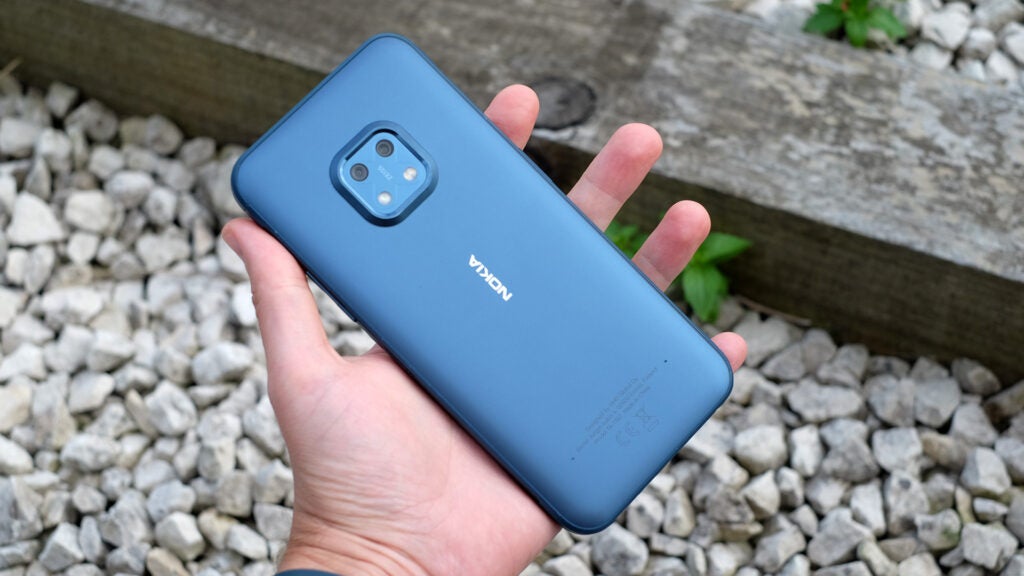
By baking it into the design, Nokia has managed to make a phone that is tough but not ridiculously thick or large. The Nokia XR20 is still very big, though. Its thickened sides add a millimetre or two to the dimensions in each direction, and the phone already has an XL-size 6.67-inch screen. I’d suggest checking out the Motorola Defy if you’d rather have something smaller.
The two phones have pretty similar rugged credentials. They have been drop-tested from a height of 1.8m onto a hard surface, have the IP68 water resistance that lets you submerge them in water at a depth of 1.5m for at least half an hour. And, just as important, the Nokia XR20 has a wider operating temperature range than most, at -21 degrees centigrade to 55 degrees.
Unlike the Motorola Defy, Nokia does not seem to have teamed up with a veteran of this area like Bullitt for the phone’s design. But all the essential elements are in place. The screen surround extends just slightly beyond the display to keep it safe when sat face down on a rough surface. The camera lens gets the same treatment. And there’s a little loop on one corner to let you attach the Nokia XR20 securely to your belt or… whatever else you might want to hook it onto.
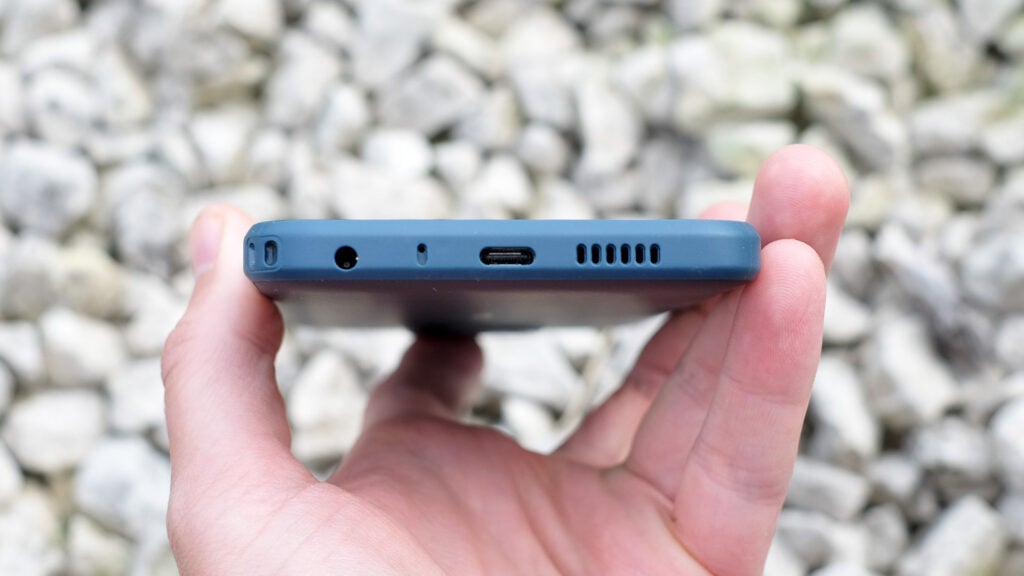
Nokia has tried to add a touch of class to accompany the tough stuff. The parts of the sides you grip are aluminium, not rubberised plastic. I don’t think this gets close to making the Nokia XR20 feel like an ordinary style-led phone, but it is an extra step Nokia did not need to make, a sign of attention to detail.
I am not a fan of the Google Assistant button Nokia seems to put on all its phones, also seen here. This sits on the left side and I guarantee you’ll press it accidentally more often than deliberately, most likely by a factor of 10 or more. The last thing a rough and tumble phone like this needs is a button you’ll press accidentally that stops your music/podcasts.
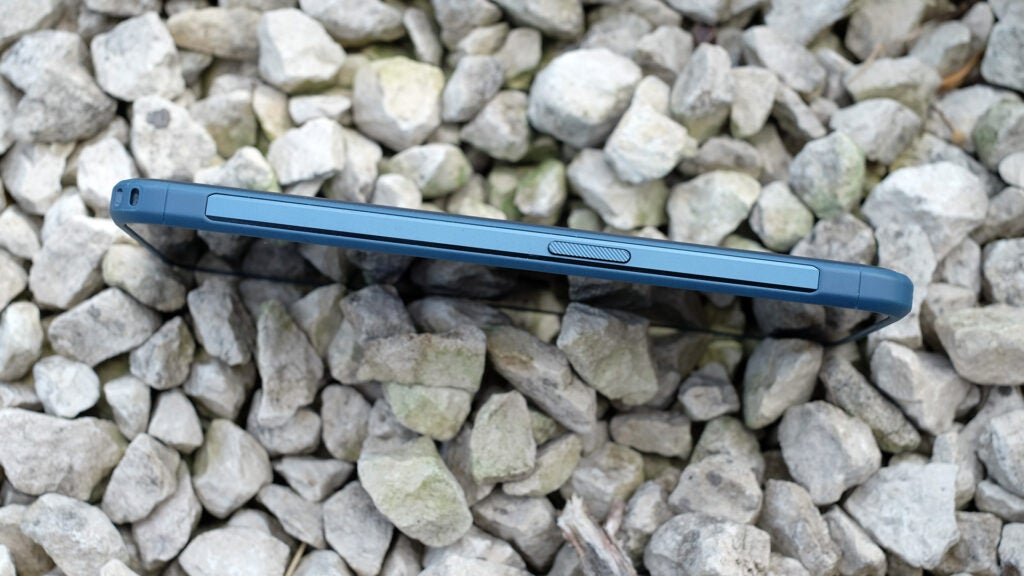
I expect Nokia has to put this button here as part of the same Google agreement that saw the company become the main maker of Android One phones — where you get vanilla Android software and guaranteed software updates. Nokia says the XR20 will get three years of core software updates and four years of security updates. It also comes with a three-year warranty in the UK, although I’d recommend looking up the terms of this if you’re planning on giving the Nokia XR20 a particularly perilous life.
Other parts to note: the Nokia XR20 has an ever-so-slightly sluggish side fingerprint scanner. And it has stereo speakers.
These speakers aren’t particularly pretty-sounding. They lack the lower-end presence that smoothes-out phone speaker audio at higher volumes. But they do have respectable top volume and enough mid-range presence to cut through a decent amount of ambient noise.
The phone also has a headphone jack and a second SIM slot, which seems doubly important in a rugged Android like this. However, you do have to choose between a microSD or a second SIM, as this is a combi slot.
The Nokia XR20 screen offers some of the top reasons to buy over the cheaper Motorola Defy. It’s larger at 6.67 inches, one of the largest screens found in mid-size phones. It is sharper too, with the 2400 x 1080 pixel resolution matching the “normal” phones you’re able to buy for similar money.
However, it’s the added brightness I appreciate most. The Nokia XR20 screen gets reasonably bright indoors but reserves its true peak brightness for when you go outdoors on a bright day.
This screen’s outdoor visibility is significantly better than the Motorola Defy’s. Nokia says its peak brightness is 550 nits, which is a solid result for a phone without a top-end OLED screen, some of which can top 1000 nits (although most only actually do in very specific scenarios).
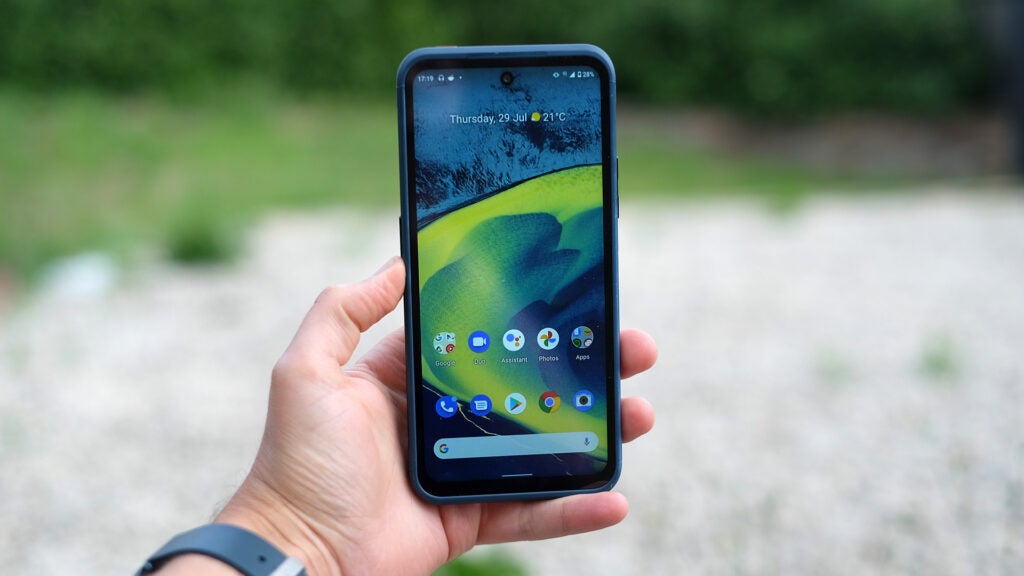
This is an LCD screen, and aside from good peak brightness and the high inch count, it is unremarkable. There’s obvious brightness loss from an angle, colour depth/calibration does not look that great to my eyes and there’s clear brightness variance around the punch hole camera at the top. This is also a 60Hz screen, one that lacks the added scrolling smoothness of a 90Hz or 120Hz refresh rate.
Most non-rugged £400 Androids have better displays. But then they are more likely to get scratched. Weigh up your priorities on this one, although if you don’t care about toughness why are you even reading this review?
Performance
- Android One software
- 5G support is good at this price
- Mid-range Snapdragon 480 chipset
The Nokia XR20 is an Android One phone. This is a Google initiative that acts as a sort of Android quality mark, although the vast majority of the best Android phones are not part of Android One.
It means the Nokia XR20 has a near-untouched version of Android 11 and you get an assurance the phone will receive, as mentioned earlier, three years of standard software updates and four years of security updates.
Android One also means there’s no software gunk in the Nokia XR20 at all, and the 128GB storage offers a good amount of room for apps and photos.
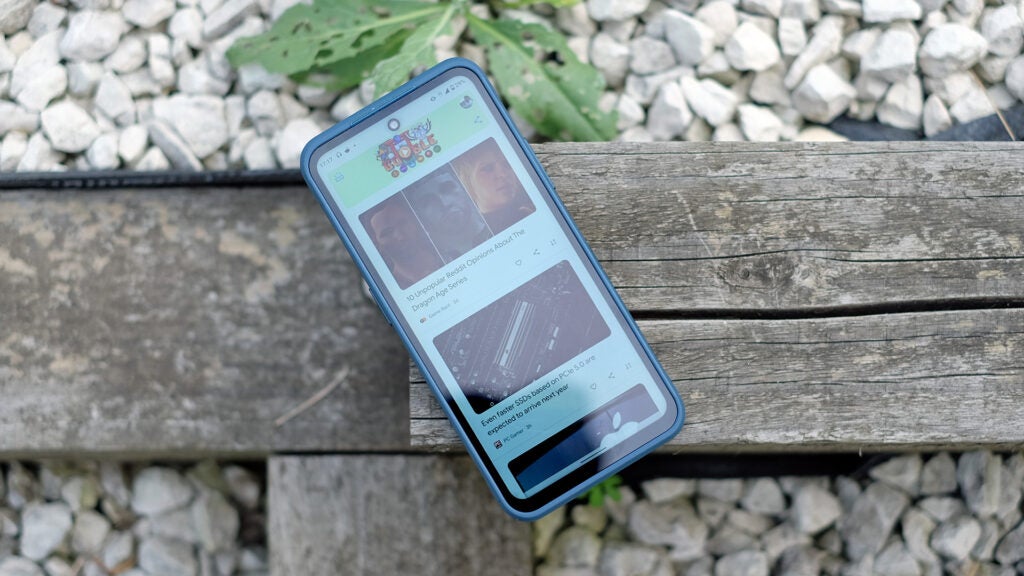
The Nokia XR20 has one of the weaker CPUs you’ll find in a phone at this price. It’s Snapdragon 480 5G, the same chipset used by the half-the-price Motorola Moto G50.
However, I find its real-world performance to be solid enough given this is part of Qualcomm’s traditionally low-end 4-series family. There’s a big gap between this and the Snapdragon 460, for example.
Android 11 runs with no obvious lag and the Snapdragon 480 does a serviceable job of playing games like Fortnite at lower graphics settings. The game looks soft, but runs OK at default graphics and major drops below 30fps are not too common.
Low-end chipsets like this benefit from a general up-rating of Qualcomm graphics chipsets this year, while somewhat affordable SoCs like the Snapdragon 860 and 870 provide flagship-level performance at a keen price.
The Snapdragon 480 doesn’t offer this, of course, but it means the Nokia XR20’s performance deficits won’t be obvious to most people most of the time.
It’s another area where you have to simply accept you get a bit less in some areas because of the phone’s rugged design. The processor is bad for a phone of this price. But in a rugged phone of this price? It doesn’t seem so bad.
Camera
- Two rear cameras
- 48MP primary camera
- 13MP ultra wide secondary sensor
I am a fan of Nokia’s XR20 camera approach. You get just two lenses on the back, each has a specific purpose and there are zero “filler” cameras here to make up the numbers. Such cameras are very common in even the best mid-range phones. The similarly-priced OnePlus Nord 2’s 2MP black and white camera is a good example. Where filler cameras would normally sit, you get a dual-LED flash and a second single LED flash.
The Nokia XR20 has a 48-megapixel primary camera, which uses a Samsung GM1 sensor. And a 13-megapixel ultra-wide with a Samsung S5K3L6 sensor.
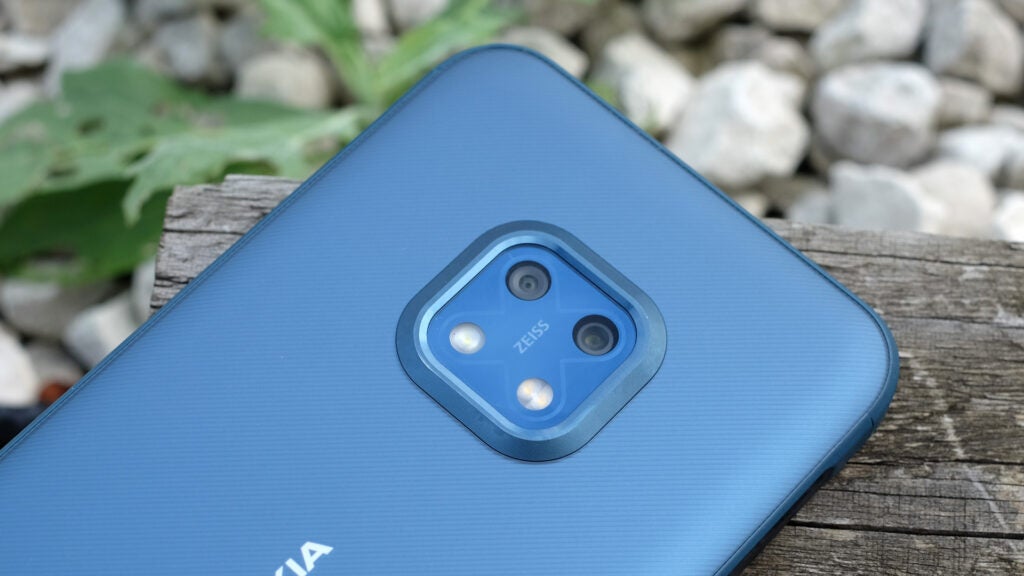
Its ultra-wide is the more notable piece of hardware here, as I’d expect a phone like this to use a bottom-rung 8-megapixel camera. This one is no masterpiece but can at least compete with some of the better 5G phones in the price range.
These cameras are sound enough considering they are part of a rugged phone, but unsurprisingly can’t nearly compete with a price class leader like Google’s Pixel 4a 5G. The Nokia XR20’s images are frequently too cool-looking and their colour tone is often a bit off, leaving muddy tracks looking purple rather than brown. Sometimes whites look too blue.
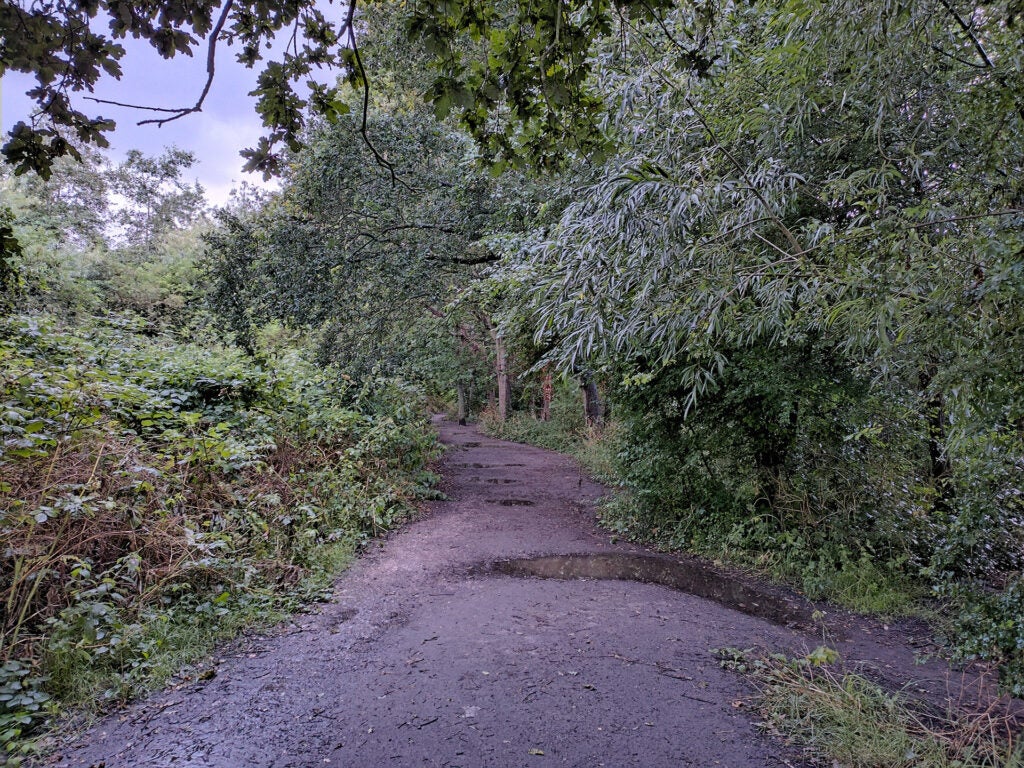
Fine detail is good in daylight but the representations of the mid-tones and shadows aren’t in the same league as the OnePlus Nord 2’s, which I used before the Nokia XR20. Some photos end up looking a little dull, if not terribly so.
Typical of a phone with a lower-end Snapdragon processor, there’s also a slight wait before you can preview or share an image, while the brains of the phone construct the final picture. These waits gets worse in lower-light scenes or ones where a lot of HDR processing is required.
Still, shutter lag is much less noticeable than it is in the Sony Xperia 10 III, which sells at the same price.


As you can see in the above images, the ultra-wide camera is not miserable. But its images do have lower dynamic range, tend to flatten out textures and there’s the usual corner distortion seen in every entry-level wide camera.




Night photography is poor. The Nokia XR20 does have a dedicated low-light mode that takes a couple of seconds to capture an image, but its effects are not too dramatic. Dark scenes still look dark, dynamic range is poor and there’s minimal detail, although noise reduction means they don’t tend to look flat-out ugly.
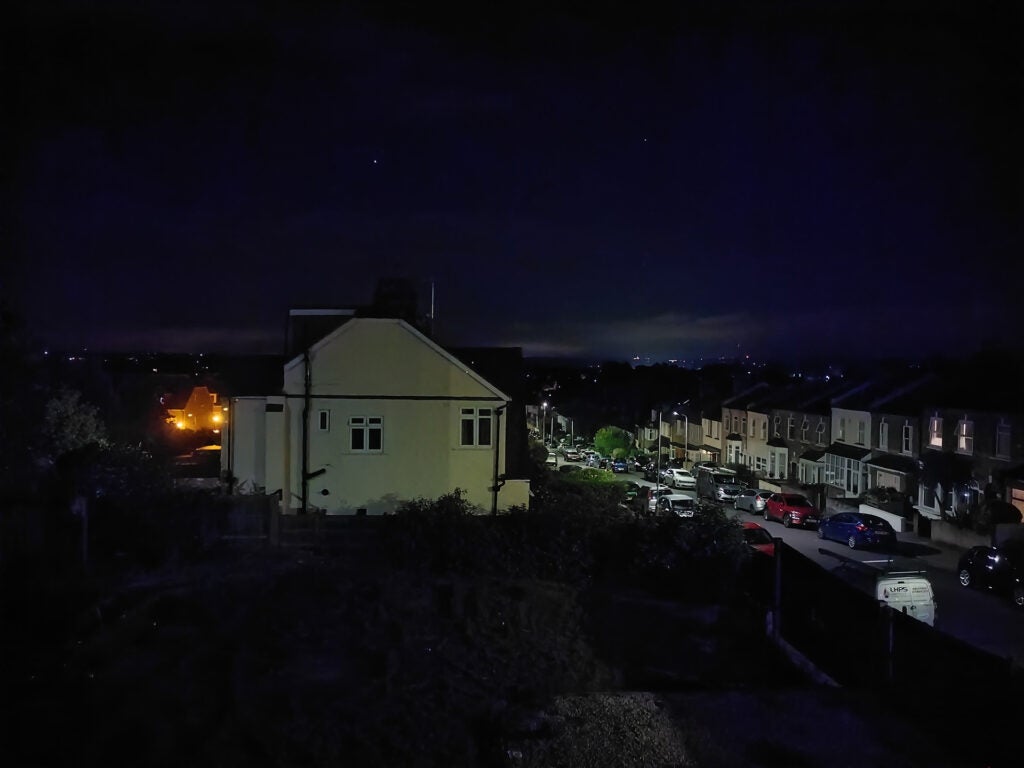
The Nokia XR20’s video is very limited. There’s no 4K capture mode. 1080p is the maximum resolution, and if you choose to shoot at 60fps rather than 30fps you lose out on the all-important software stabilisation. This is a pretty barebones video camera.
Nokia has put “Ozo” sound tech into the phone. In the past, this indicated the use of higher-quality microphones able to deal with very loud sound without distortion. Here, it seems to relate to a wind noise reduction feature, using two mics to reduce unwanted sound. I tried it outdoors. The clip still came out pretty windy-sounding, suggesting this is a case of milking/diluting a once quite notable piece of Nokia tech terminology.
Battery life
- 4630mAh battery offers good endurance
- 18w charging is fast enough
The Nokia XR20 has a 4630 mAh battery, which is actually a slightly lower capacity than I’d usually expect from such a large phone. This suggests the rugged shell leaves less space inside than you might assume.
Real-world stamina is good, although I think you are only likely to reach Nokia’s “two day” claimed use if you use the XR20 fairly lightly. Still, I find it reaches my own personal standard for satisfaction, that of regularly ending up with around 30% charge by bed time without trying to conserve battery during the day.
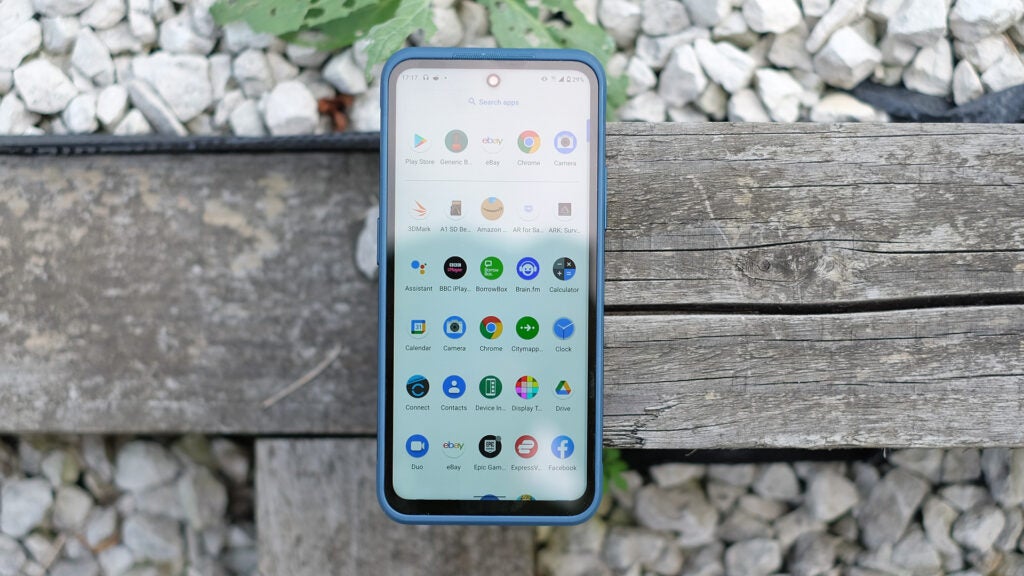
I’d put this largely down to the Snapdragon 480 5G processor, which also produced great battery life results in the Motorola Moto G50.
Can you hammer it hard and be certain it will always last a full day? No. On one day of testing I had to travel half-way across the country, and managed to drain it by the evening.
Battery charging is also not super-fast. The Nokia XR20 supports 18W charging, and takes 46 minutes to reach 50% from a flat battery. It also supports 15W wireless charging, which seems mildly surprising in a rugged phone.
Best Offers
Should you buy it?
You want a rugged 5G phone:
The Nokia XR20 has similar rugged specs to specialist brands, but costs less than some and also has 5G mobile internet.
You don’t need a really rugged Android:
The Nokia XR20 falls behind other non-rugged £400 phones in key areas, and even some £200 ones, so don’t go thinking you get an ultra-tough exterior for free.
Final Thoughts
The Nokia XR20 is a tough phone, one made to appear not to throw too much away in favour of ruggedisation. You still get 5G. You still get stereo speakers. And while the XR20 may not be a work of art, it is not comically larger than some of the other 6.67-inch screen Androids.
If you’re weighing this phone up against the Motorola Defy, its best upgrade as an outdoors phone is screen brightness. On bright days, the Nokia XR20’s display is much, much clearer.
Its zero-filler camera style is refreshing too. However, it almost goes without saying, you shouldn’t buy this phone unless you need real ruggedisation. It has the same power as phones half the price, the cameras are not hugely impressive, video modes are poor and the stereo speakers sound a little unrefined.
Still, if you do care about extras like 5G and are willing to put up with a pocket-filling phone, it’s a sensible step up from the Motorola Defy.
How we test
We thoroughly test every mobile phone we review. We use industry standard testing to compare features properly and we use the phone as our main device over the review period. We’ll always tell you what we find and we never, ever, accept money to review a product.
FAQs
It’s rated at IP68 water resistance, fit for submersion in water at a depth of 1.5m. Don’t take it swimming, though, as this involved extra pressure caused by movement.
Yes, the Nokia XR20 is one of the new rugged phones with 5G mobile internet.
It is a series of ruggedisation tests including temperature, vibration, exposure to water and shock.
Trusted Reviews Test Data
Specs
The post Nokia XR20 appeared first on Trusted Reviews.
Source Trusted Reviews ,Home Appliances Reviews

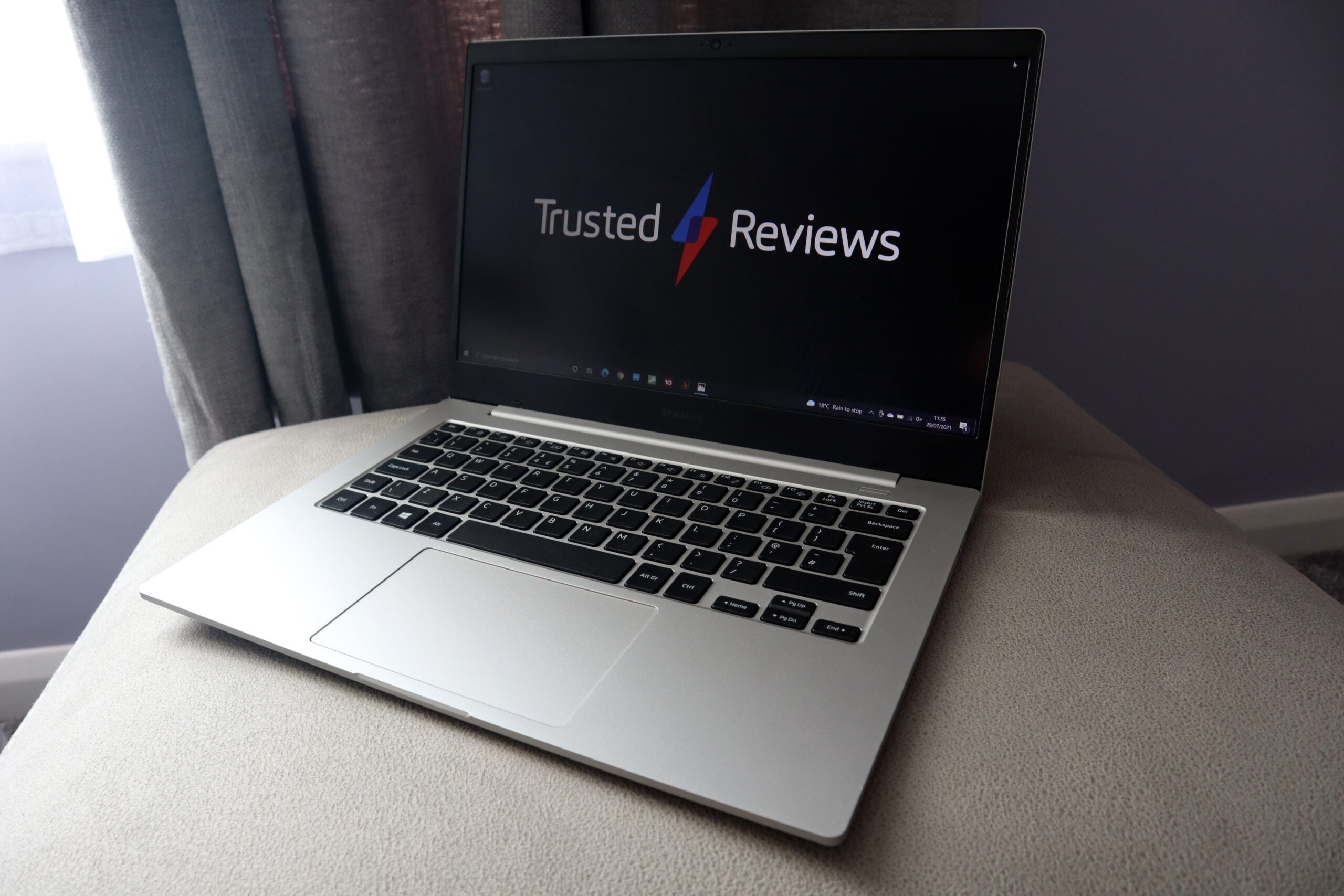
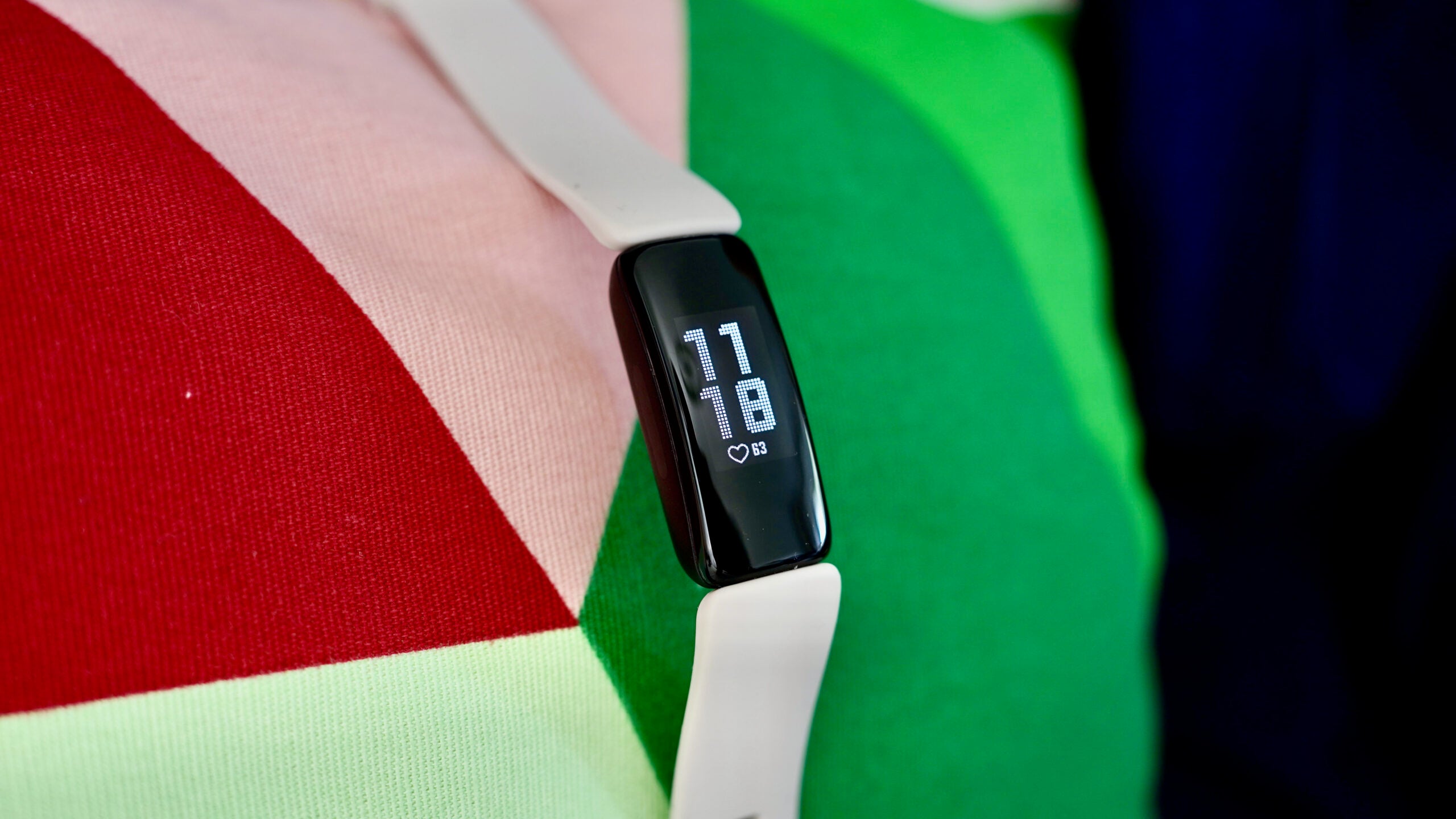
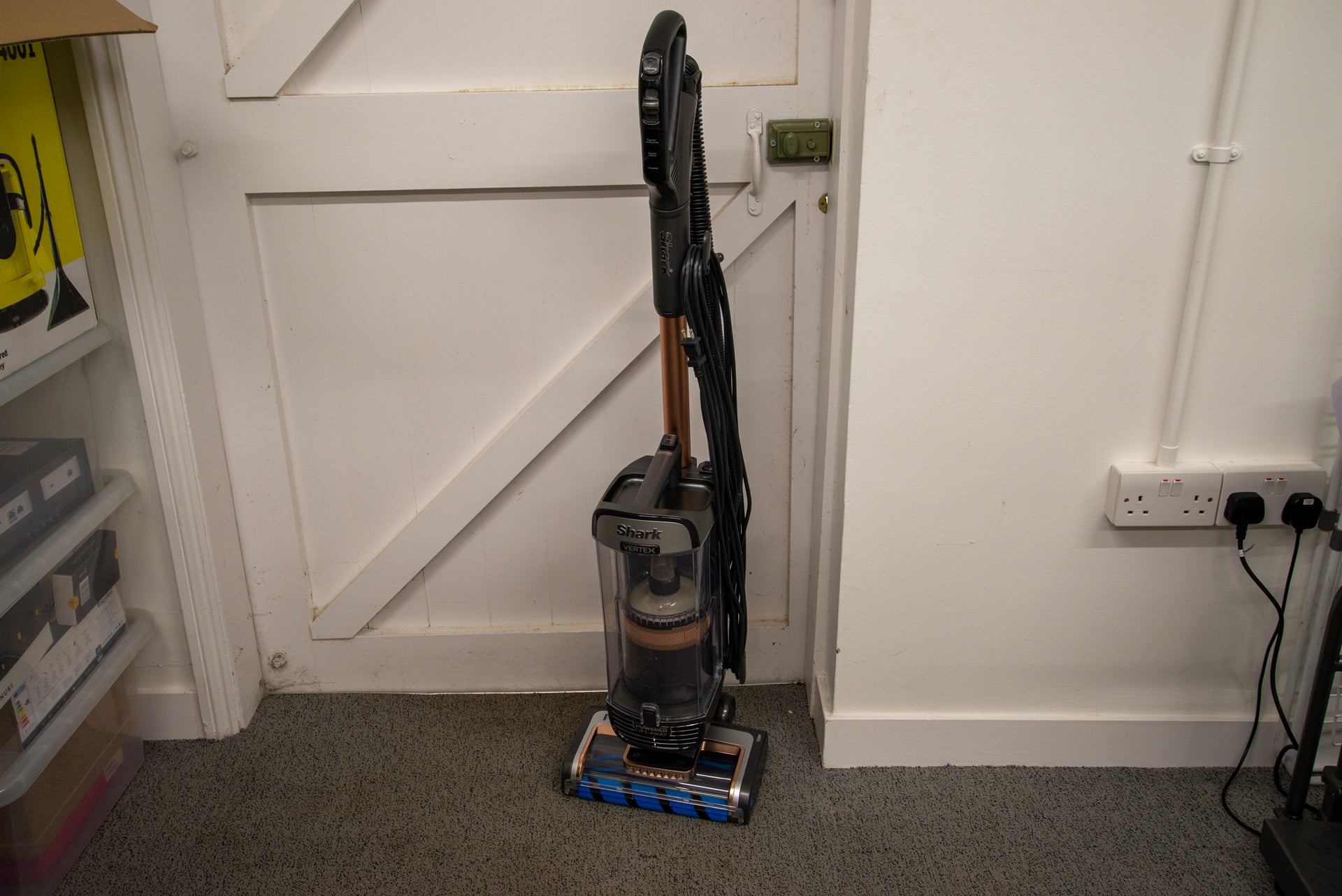
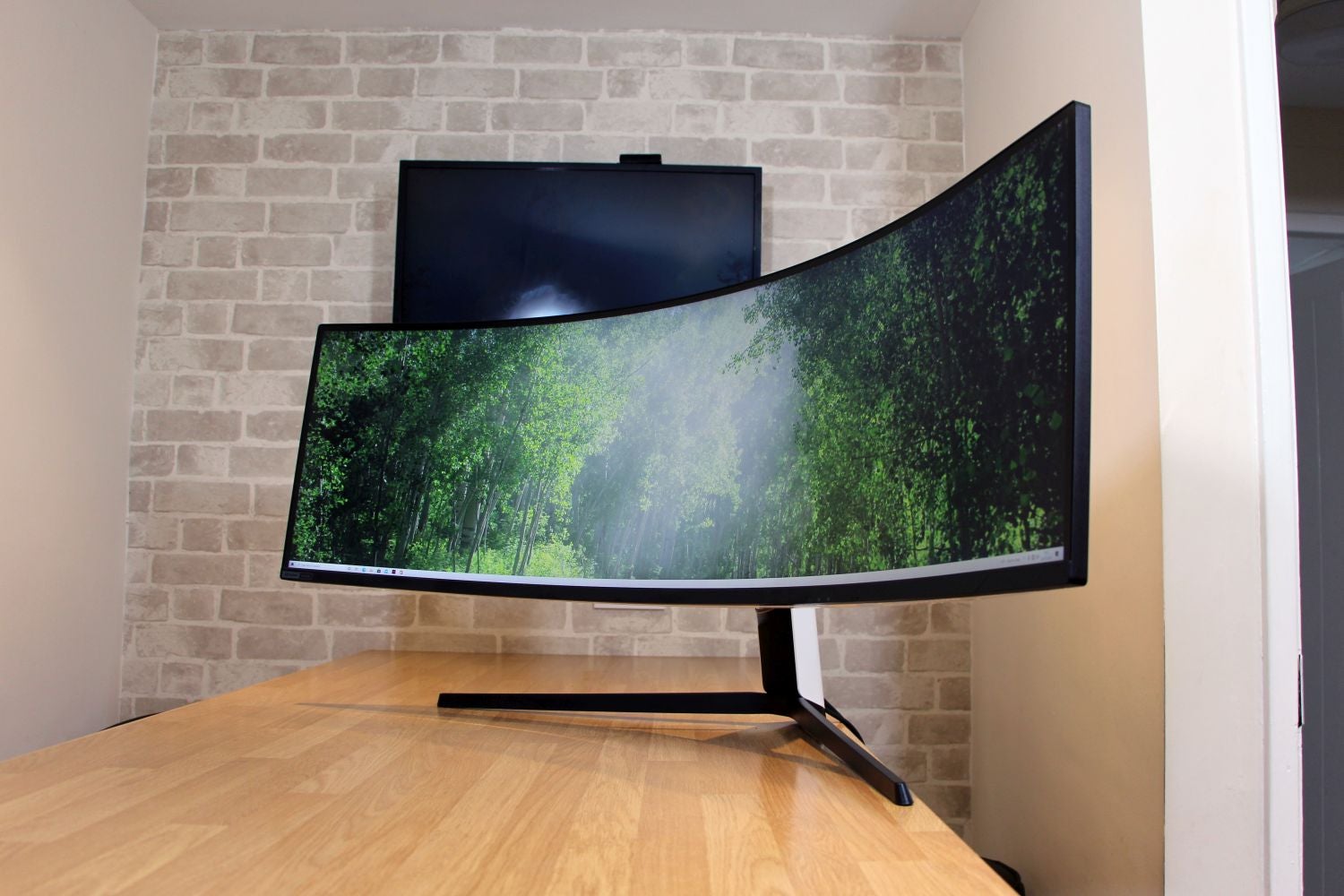
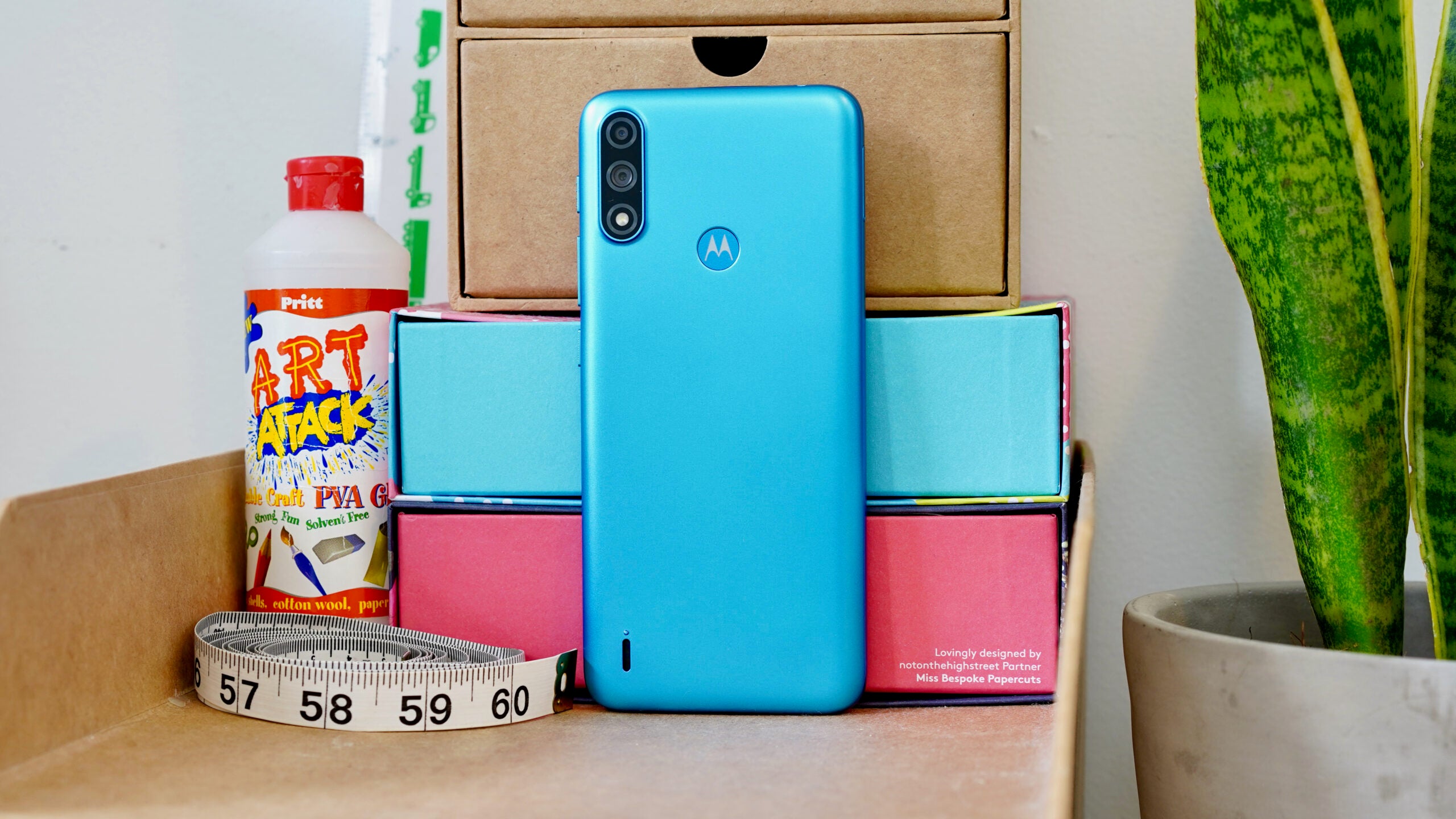
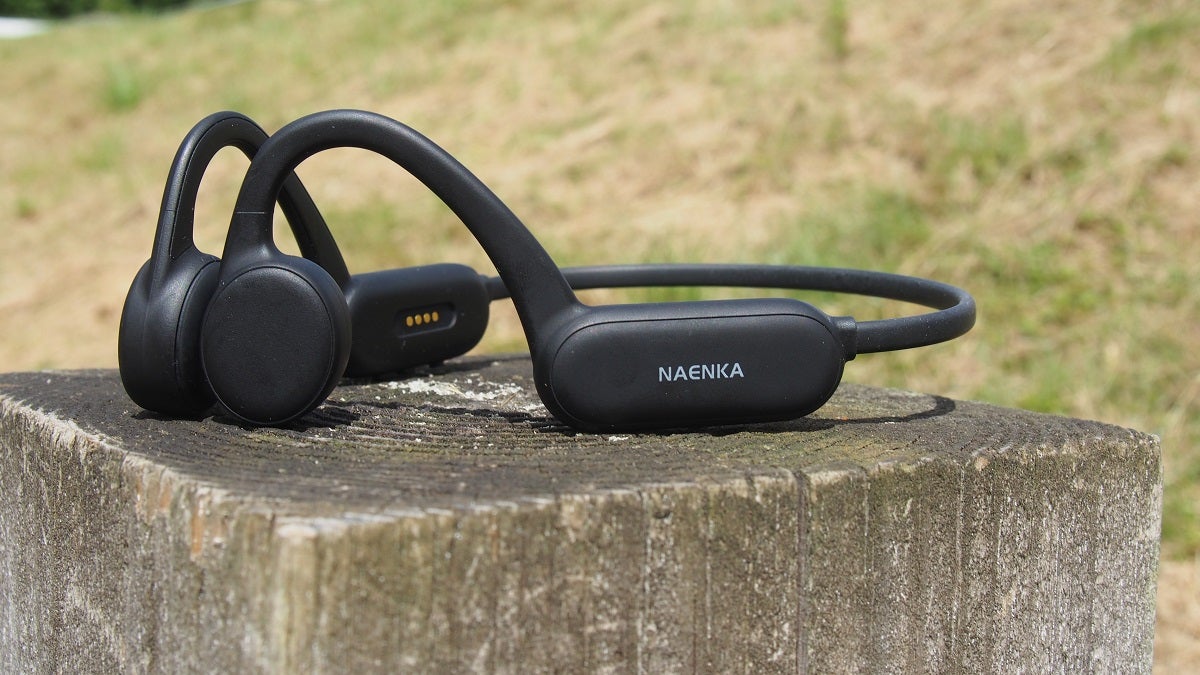
No comments